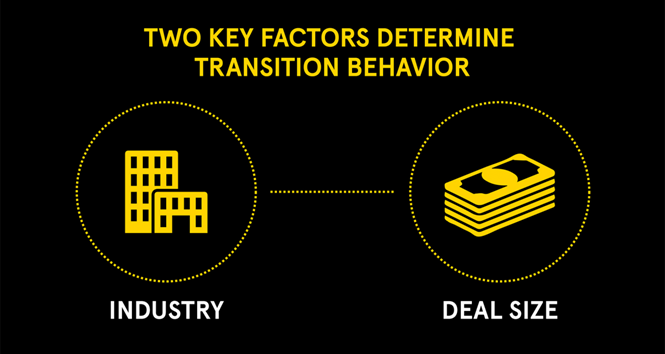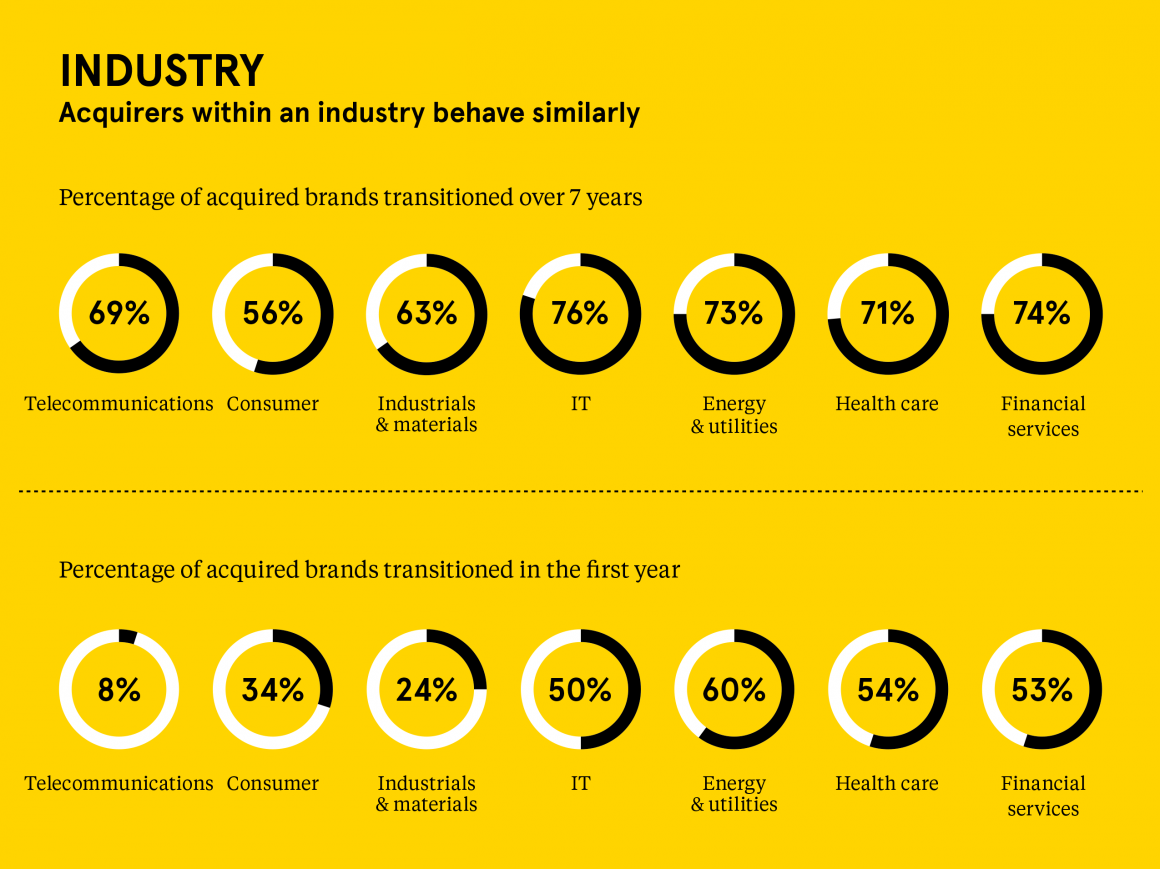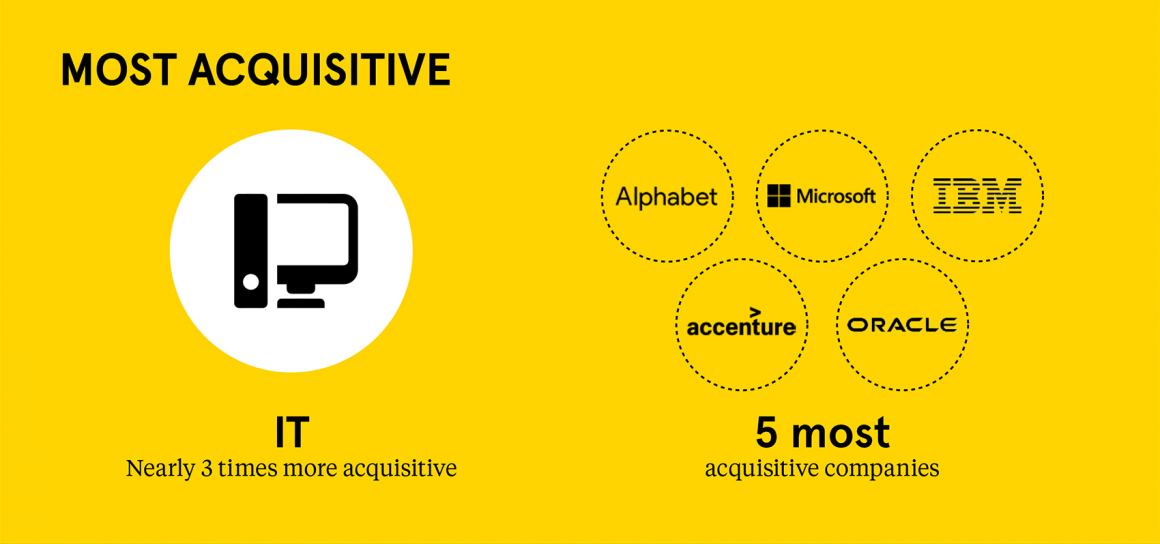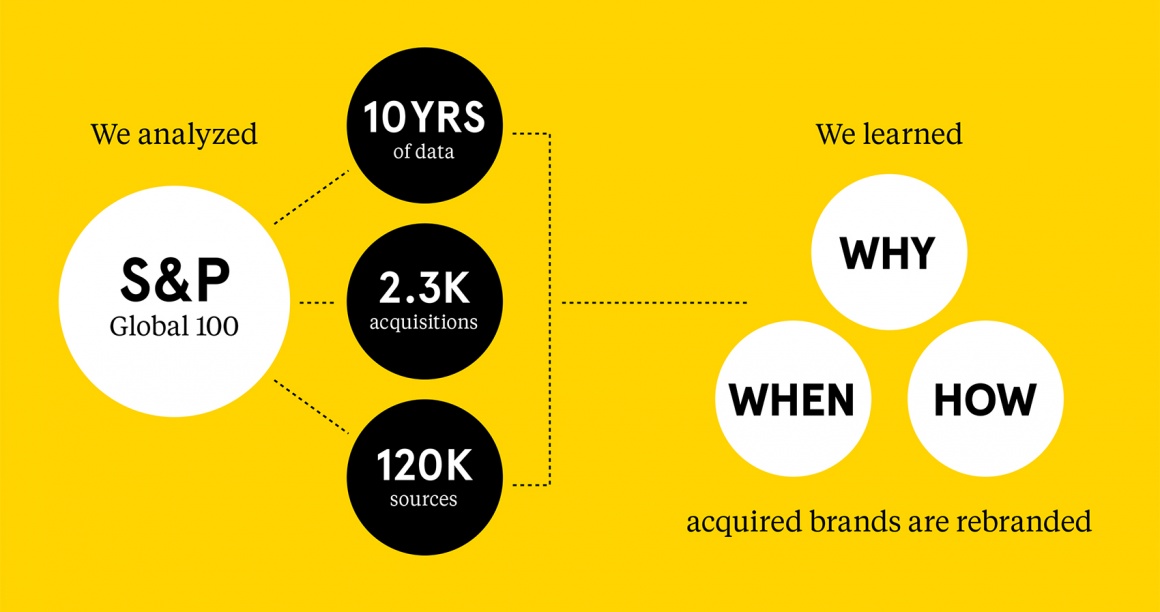Insight-led brand study emphasises impact of M&A

In the last decade, the global M&A market has had its fair share of challenges. Stymied by the aftershocks of the financial crisis, businesses have largely been on the back foot. However, in recent years, the capacity for deal making has boomed, with 2016 records tallying £2.9trn in announced volumes. Yet as brand strategy considerations are often cast by the wayside during the M&A process, understanding the complexities around transitioning an acquired brand is essential.
Aiding in that process, global brand strategy and design firm, Landor, recently conducted an in-depth analysis of M&A activity, revealing the multifaceted approaches to rebranding across various sectors. Looking closely at the behaviour of S&P Global 100 companies and more than 2,300 acquisitions and 120,00 sources of unstructured data over the last decade, Landor’s M&A Brand Study found that 74% of all companies that had acquired an asset, rebranded that asset in the first seven years.
Yet on the other side of the coin, the M&A Brand Study found that sector differences led to varied brand strategy. Consumer companies, for example – defined as both retail and discretionary – displayed a higher likeliness to retain acquired brands, with under 60 percent of companies rebranding. However, sectors such as IT, financial services, health care and energy were found to have transitioned acquired brands 75-80% of the time.
Recent examples such as Alphabet making the choice to rebrand Google’s corporate identity to best facilitate M&A activity work to remind dealmakers that today’s network of brand value is fast becoming more complex. Yet the study also revealed simpler aspects of M&A branding, with examples such as MillerCoors, DaimlerChrysler and Alcatel-Lucent opting to conflate existing brand names during the M&A process.
Lois Jacons, CEO of Landor, says, “Our study clearly shows that different industries do different things. Being able to share quantitative trend data by sector over the last decade will finally enable CEOs, boards, and advisors to make more informed decisions about brand strategy when considering M&A. Whether a company is deciding if it should keep or divest a brand, how quickly to transition an acquired brand, or how to preserve brand equity, overlooking strategic brand decisions during the M&A process can negatively impact brand value and leave money on the table.”
The study also found that, with cross-border M&A an important component of the landscape, deal size, type and volume correlated with the likelihood of rebranding. Small deals displayed a propensity for shakeups, with 78% of transactions under $99m (£75m) rebranded. Comparatively, only 46% of transactions over $5m (3.7m) made the decision to rebrand.
For a closer look at Landor’s M&A Brand Study, click here.
















